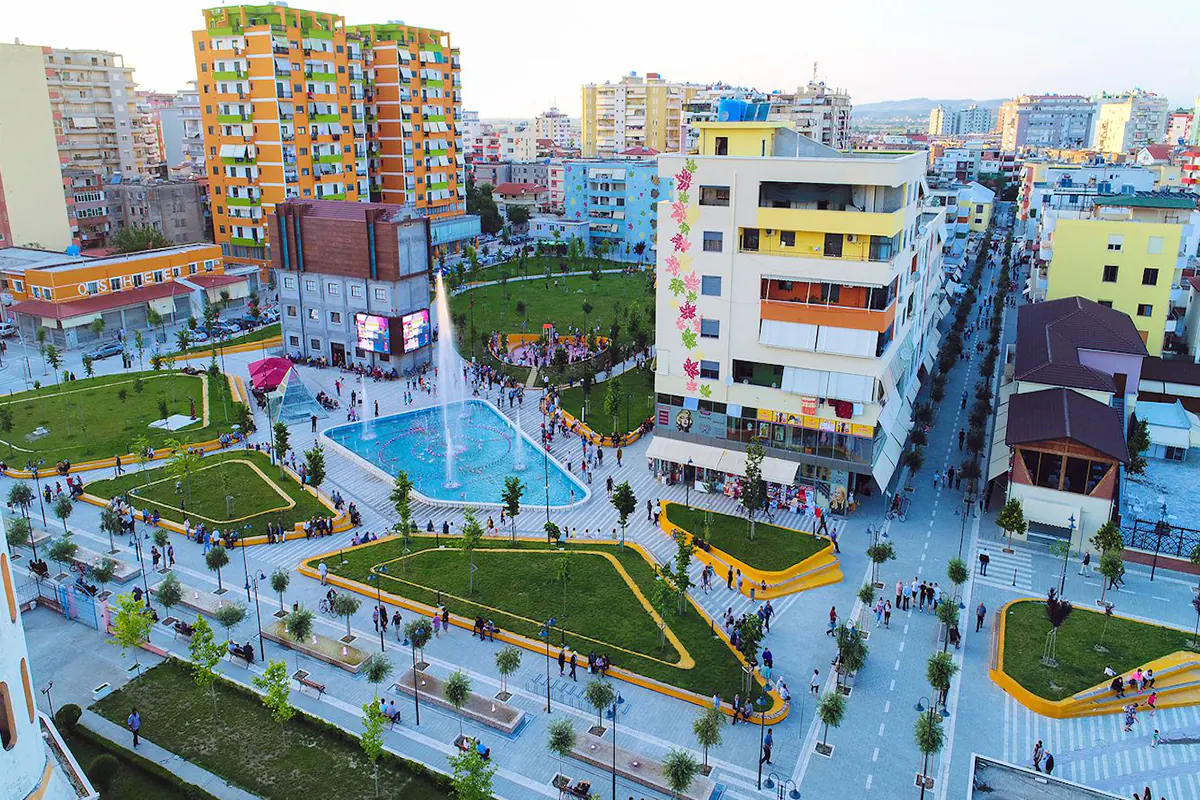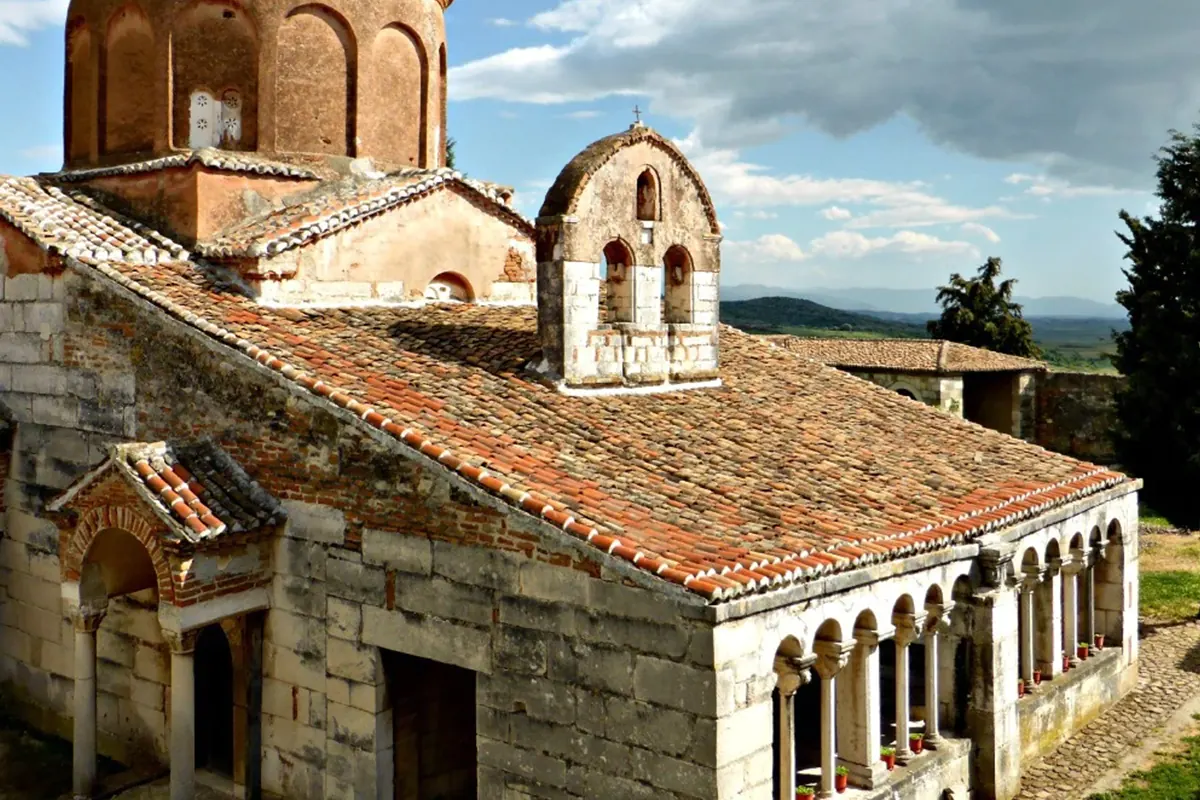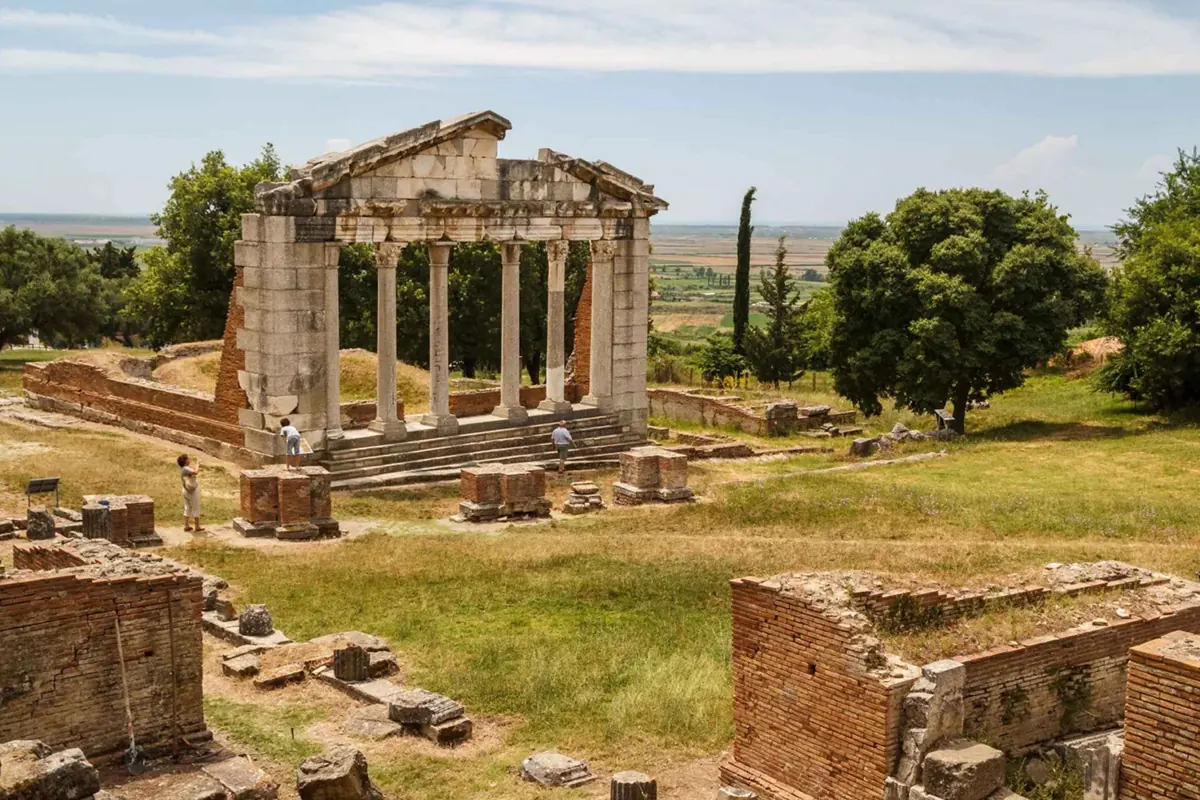Key Takeaways
- Fier County boasts a rich history, from ancient Greek and Roman sites to Ottoman influences.
- Its strategic location bordering the Adriatic Sea benefits both tourism and trade.
- The economy thrives on agriculture, oil production, and emerging tourism sectors.
- Attractions like Apollonia Archaeological Park and the Adriatic coast make Fier a compelling destination.
- Ongoing infrastructure projects aim to further boost connectivity and sustainable growth.
Fier County, nestled in the southwestern corner of Albania, is a region brimming with history, natural beauty, and vibrant community life. *From ancient ruins to lush plains and sparkling coastlines*, this area offers an enriching experience for travelers and a thriving hub for locals. Its strategic position bordering the Adriatic Sea makes it both an economic asset and a gateway to Albania’s rich cultural heritage. Let’s take a comprehensive journey through what makes Fier County truly special.
Geographic and Demographic Overview: Discovering Fier County’s Location
Fier County is situated in southwestern Albania, bordered to the west by the shimmering
Adriatic Sea. Its terrain varies from coastal plains along the sea to rolling hills inland, fostering diverse land uses. The fertile soils nourished by rivers like the Seman and Vjosa support abundant agriculture, making it a vital area for food production.
Dominant Cities and Towns in Fier County
The county’s heartbeat is centered in the bustling
city of Fier, serving as its industrial and cultural nucleus. Notable towns include:
- Fier: The main urban hub, offering a vibrant combination of commerce and culture.
- Patos: Known for its significant oil industry, particularly in oil extraction.
- Lushnjë: Located in the fertile Myzeqe plain, it’s a center for agriculture.
- Roskovec: A smaller town with a strong agricultural tradition.
- Ballsh: Another vital town contributing to Albania’s oil production.
All these urban areas are interconnected through a robust network of roads and transport links, facilitating economic flow and social interaction.
Population Dynamics and Demography of Fier County
The demographic profile of Fier County reflects a dynamic balance between rural and urban populations. The city of Fier attracts younger individuals seeking employment and education, contributing to urban expansion. Rural areas maintain a traditional lifestyle centered on agriculture, yet migration toward cities indicates ongoing modernization. The population is predominantly Albanian, with increasing diversity due to regional movements and developments. Learn more via the
Albanian Institute of Statistics.
Historical Background: The Rich Historical Tapestry of Fier County
Fier County’s history stretches back thousands of years, showcasing a blend of ancient civilizations. One of its most illustrious sites is
Apollonia Archaeological Park, a Greek colony founded in the 6th century BC that highlights the region’s importance in antiquity. The site features remnants of temples, theaters, and libraries, offering a vivid picture of its Hellenistic past.
Landmarks and Historical Events of Note
- Apollonia Archaeological Park: A well-preserved site illustrating Greek and Roman influence, a must-visit for history enthusiasts.
- Ardenica Monastery: Built in the 13th century with Byzantine origins, hosting Skanderbeg’s marriage in the 15th century.
- Congress of Lushnjë (1920): A pivotal event that secured Albania’s independence and established Tirana as the capital.
- Ottoman Era: The region was under Ottoman rule for centuries, leaving cultural imprints still visible today.
- 20th-century industrialization: Transition from agrarian to industrial economy, especially in oil and agriculture.
These sites and events highlight Fier’s role as a crossroads of civilizations, with a history that continues to shape its cultural identity.
Economy and Industry: The Economic Backbone of Fier County
Fier’s economy is anchored in:
- Agriculture: The Myzeqe plain produces wheat, corn, olives, citrus fruits, and vegetables, providing employment and export opportunities.
- Oil Industry: Patos and Ballsh areas are vital for Albania’s oil extraction sector, contributing significantly to national energy and revenue.
- Manufacturing: Processing agricultural products and supporting oil activities.
- Tourism: Growing due to archaeological sites like Apollonia, coastal resorts, and natural parks, attracting an increasing number of visitors.
Environmental concerns associated with oil extraction are being addressed through sustainable practices, aiming for balanced growth.
Tourism and Attractions: Embarking on an Enriching Journey through Fier County
Fier County offers a wealth of attractions for tourists:
- Apollonia Archaeological Park: A historic site with ruins set in scenic surroundings.
- Ardenica Monastery: A religious and architectural landmark with historical significance.
- Coastal beaches along the Adriatic Sea for relaxation and water activities.
- Divjake-Karavasta National Park and Karavasta Lagoon: Essential spots for birdwatchers and nature lovers.
- The Vjosa River: Known for its pristine waters and ecological importance, ideal for eco-tourism.
Visitors can engage in archaeological tours, cultural festivals, birdwatching, and local farm experiences, immersing themselves fully in the region’s diverse attractions.
Infrastructure and Transport: Navigating Through Fier County’s Thriving Network
Fier’s infrastructure is vital for its growth:
- Roads: The SH4 highway connects Fier to Tirana, Vlorë, and other key cities, fostering trade and travel.
- Rail: A railway line links Fier to Durrës, Vlorë, and other ports, facilitating freight and passenger movement.
- Air travel: The proximity to Tirana International Airport supports international tourism and business.
This network ensures efficient flow of goods and people, vital for economic development and regional integration.
Culture and Community: The Vibrant Cultural Fabric of Fier County
Fier’s culture is rich with traditions, music, and community spirit:
- Hospitality is a core value, with welcoming customs for visitors.
- Traditional folk music and dance are celebrated during festivals and gatherings.
- Religious diversity includes Muslim and Christian communities coexisting harmoniously.
- Local festivals often commemorate agricultural cycles, religious events, or historical milestones, with vibrant performances and traditional cuisine.
Sampling Fier’s cuisine reveals dishes crafted with fresh, regional ingredients—olive oils, seafood, grilled meats—that showcase Mediterranean influences.
Current Developments and Future Prospects: Paving Paths to Growth in Fier County
The region is actively investing in:
- Infrastructure upgrades: Improved roads, water supply, and tourist facilities.
- Renewable energy projects: Solar and wind farms supporting sustainability goals.
- Tourism development: Promoting ecotourism, cultural festivals, and archaeological sites to attract more visitors.
- Agricultural modernization: Enhancing productivity and exploring new export markets.
Future prospects position Fier as a growing regional hub, blending economic development with environmental sustainability.
Conclusion: Embrace the Allure of Fier County
Fier County is a compelling tapestry woven from threads of
history, natural beauty, and cultural vitality. Its ancient ruins whisper stories of Greek, Roman, and Ottoman eras, while its fertile plains and coastline fuel a growing economy. With ongoing investments in infrastructure and tourism, Fier is steadily carving its place as a key destination in Albania.
If you’re passionate about uncovering hidden gems steeped in history and embracing lively communities, Fier County welcomes you with open arms. Discover its landscapes, immerse yourself in its traditions, and witness the resilient spirit that keeps this region thriving. The journey into Fier is a journey into the soul of Albania—are you ready to explore?




